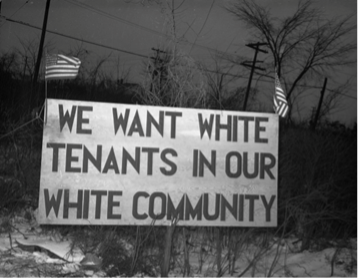
Reprint February 16, 2024/Midnight
April 27, 2023/Midnight
Erie Pa. — At the height of summer, the sun goes down around 9 pm in the countryside of Ohio. Citizens are making their way home after a long day at work. The local stores and shops are making their final transactions and locking up in anticipation for the next morning. The roads are vacant besides a few streetlights and the illumination of some nearby homes. This is where Ohio native Sheila Lettsome and her husband found themselves on a warm, July, summer night in 2019. The couple was cruising through a quiet, little town in Ohio when they were pulled over by local police, as Lettsome recounts in a blog post for The Center for Community Solutions. Carrying all the proper documentation and having in-date tags, the couple had no reason to fear any legal repercussions.
The officer curiously asked the couple their intended destination and if they were lost. Sheila Lettsome explained to the officer that they were just passing through and following the GPS navigation. The couple had inwardly agreed Sheila would do all the talking, as her husband had a strong Caribbean accent, and they did not want this situation to escalate in any way.
With this, the officer simply pointed to a street sign and stated, “That route would get you there quicker.” Getting the hint, the couple steadily and within the speed limit, started on the suggested route with the officer trailing closely behind. Once they reached town limits the officer, seeing that the couple was on their way, slowed down and turned in another direction. The spooked couple later learned that they had found themselves in one of Ohio’s listed sundown towns.
Sundown towns are towns in which minorities are not welcome after a certain hour. These towns can be found across the United States. Not only are minority groups discouraged from traveling through after sunset, but they are also often deterred from residency or even denied it altogether.
Sundown towns are a direct result of the severe racial segregation that occurred for much of the late 1800s and the early to mid-1900s. According to blackpast.org, historians estimate that there were about 10,000 sundown towns in the United States between 1890 and 1960. During this time, minority groups and discriminated groups were treated with much aggression by the white American population. This resulted in severe marginalization, making countless cities and towns throughout the country unsafe for the non-white populace.
Because of this, traveling and relocating for minorities was extremely difficult. At times, it was hard for minority travelers to know whether the area they were passing through was considered a sundown town. To remedy this, The Green-bookwas created.
The Green-book, nicknamed the “bible of black travel”, according to the Library of Congress website, written by New York City mailman Victor Hugo Green, was created to aid African Americans who were traveling long distance by car. The first edition of The Green-book, released in 1936, was intended for New York based travelers.
With multiple more editions being published until 1967, it would eventually cover most of North America. The book was an essential guide for African American travel, and it contained lists of bars, restaurants, hotels, gas stations and different businesses that would accommodate them.
Although the book was made specifically for African Americans, travelers of all races and backgrounds would find The Green-book useful. After the Civil Rights Act of 1964, with the Jim Crow era ending, the book would cease to release new editions, as it was no longer legal for businesses to discriminate against individuals due to race.
Unfortunately, the end of The Green-book did not equate to the end of sundown towns and areas which minorities were not welcome. This racist ideology continued for many years despite the change in laws, even up until present day.
In a sit-down interview with my grandparents Jacqueline and Steve Mooney, when asked about how they felt about sundown towns still existing today Steve answered, “Times change but people don’t as quickly.”
The Mooneys, both Erie natives born in 1949, describe their experiences and what it was like to be African American living in the United States during a time of severe racial tension. Jacqueline recalls visiting family down south as a child. She explained how life was different for her southern family and they had unspoken rules that if broken, could have fatal consequences.
“The good news is that the laws are changing, and hopefully in time people will change too.” Jacqueline added.
Sundown towns are found across the country and can be found in every state. Today, the top two states with the most confirmed sundown towns are Indiana and Illinois, according to Tougaloo College’s Historical Database of Sundown Towns. The largest concentration of sundown towns today is in the Midwest and northeastern sections of the country.
This is directly connected to the mass migration of African Americans starting after World War I know as The Great Migration, which lasted from 1910-1970. This migration was incited by the desire of many African Americans to find better opportunities for themselves and future generations while leaving behind the extreme racial violence of the south. Most often, these migrators sought out factory jobs that were niche for the northern part of the country.
The book Sundown Towns: A Hidden Dimension of White Racism, written by the late, award-winning, and bestselling author James W. Loewen, describes the reality of what goes down in these areas after sunset. Loewen unveils many of the racial exclusionary practices of an average sundown town, and the tactics supported and perpetuated by its citizens. This book gives the harsh truth, according to the Zinn Education Project: that there many areas of the United States that were (and still are) all-white on purpose. Loewen states in the book, “Integrated towns and suburbs are a necessary first step to integrating hearts and minds. Until we solve the problem of sundown neighborhoods and towns, we do not have a chance of solving America’s race problem.”
Overall, the racial discrimination and intimidation that was felt by marginalized groups in the times of the Civil Rights Movement and the Jim Crow south is not a thing of the past. In fact, this type of intolerance and bigotry is still alive and well in numerous areas throughout the nation today. The hope is, one day these types of neighborhoods, cities, towns, and counties will become safe and integrated communities, like Loewen mentions in his book, and there will be fewer stories like that of the Lettsome couple. But for now, sundown towns are still a dangerous and unfortunate reality that is present right in our backyards.


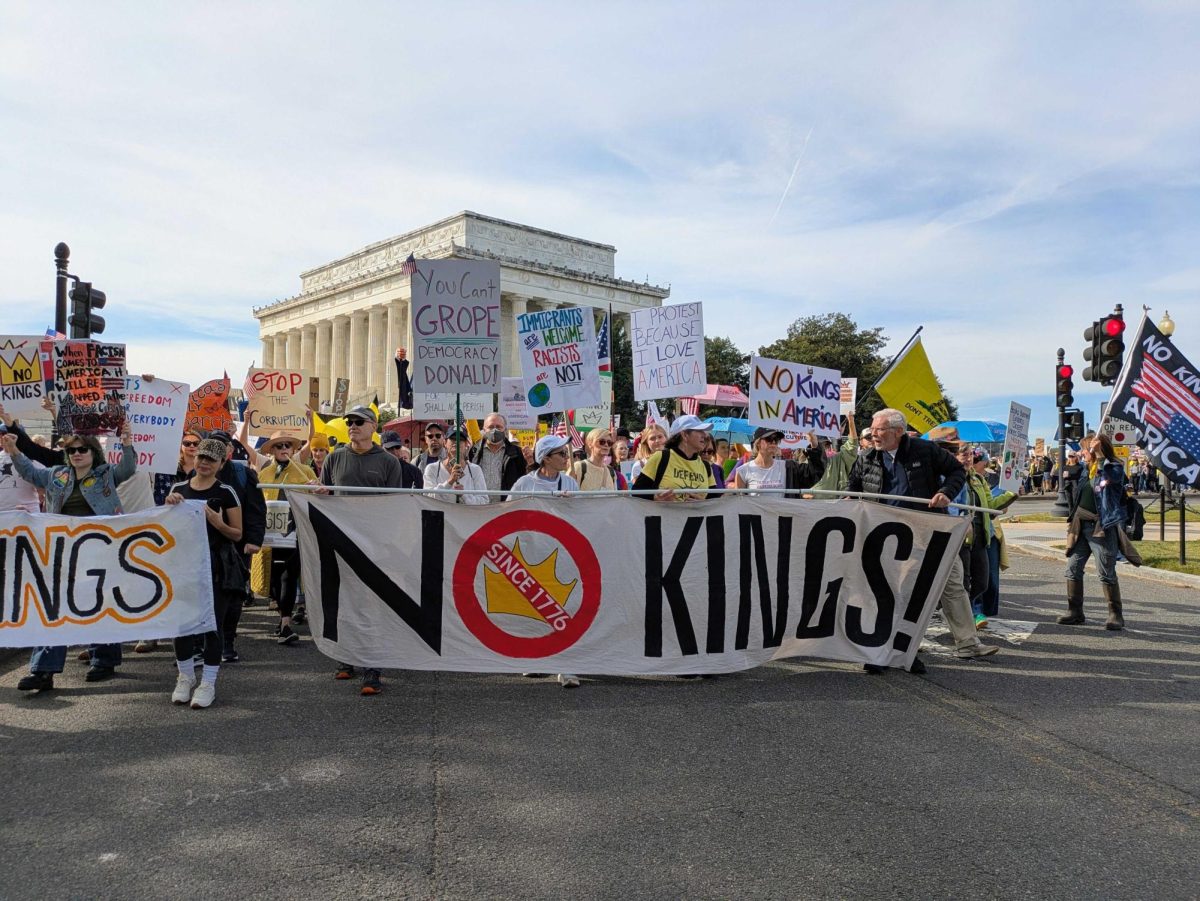
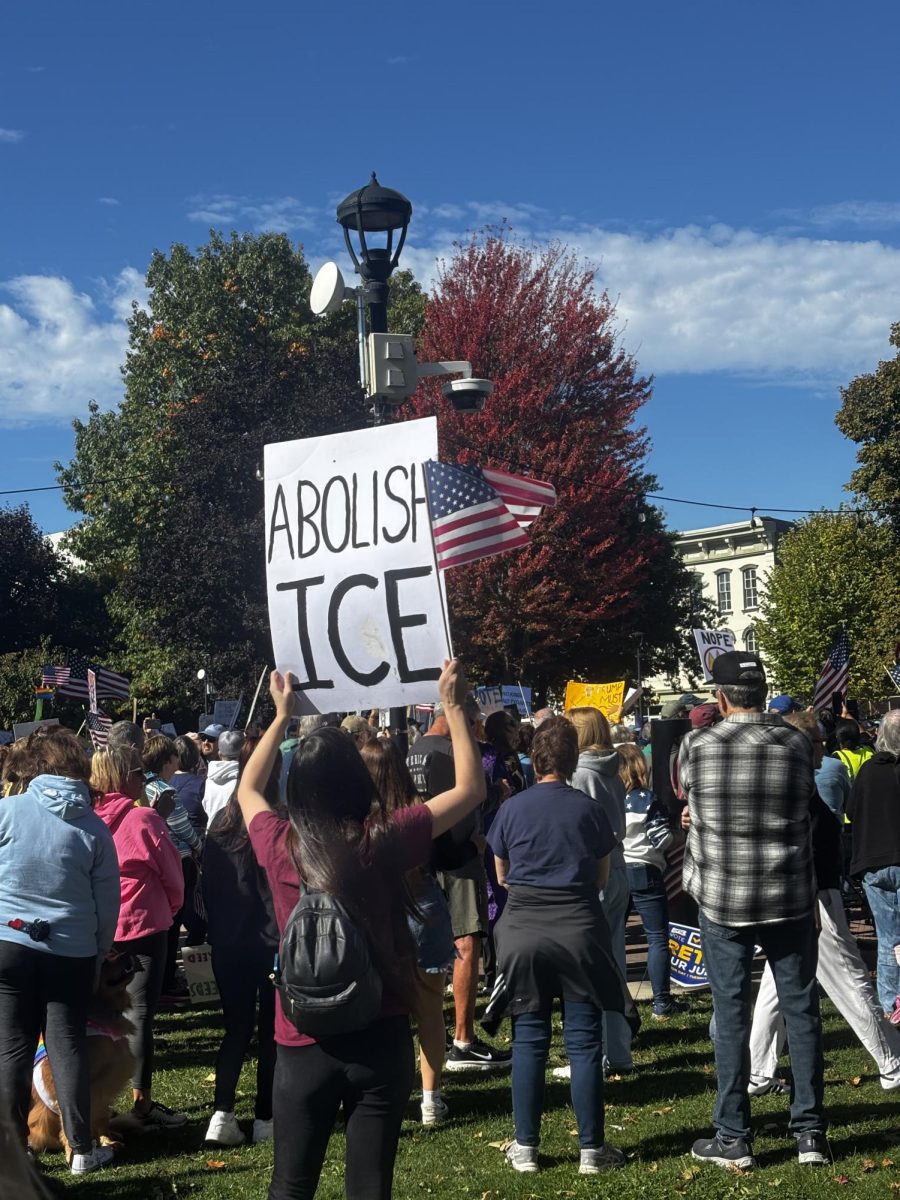
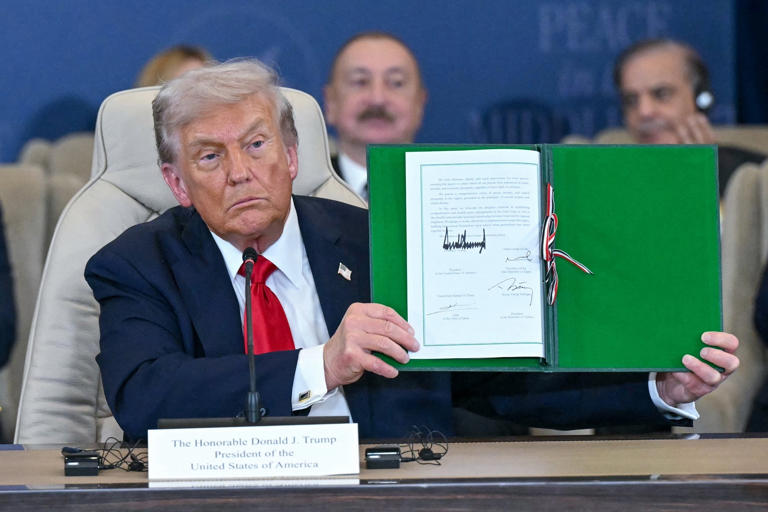
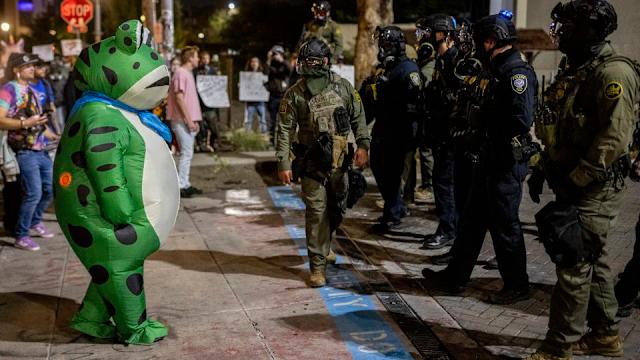


Rose • Feb 17, 2024 at 10:30 pm
It is sad that discrimination is still alive and strong. Maybe it might be advisable to start printing the “Green Book” again.